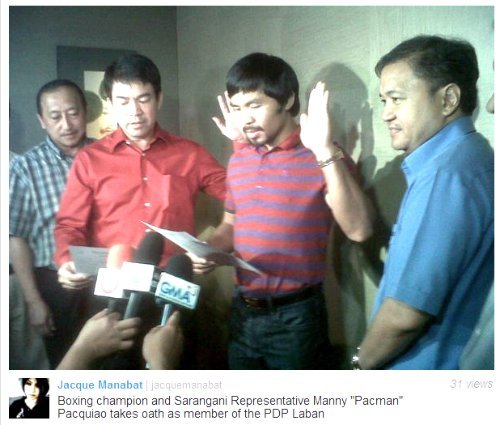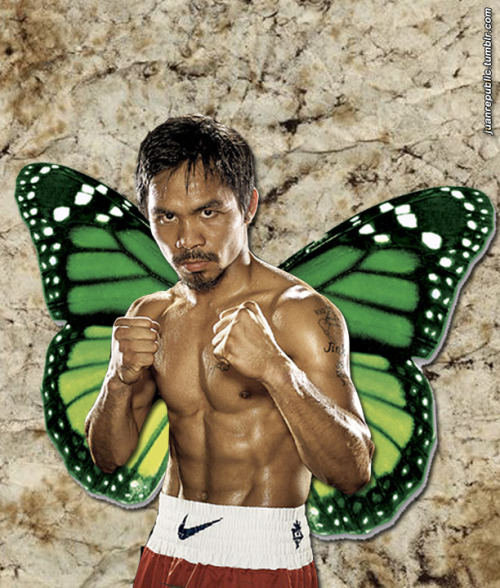The signs are clear. Politicians are switching from one political party to another, forming new alliances. Others would merge their parties to form a powerhouse coalition. Losers from the previous elections are starting to resurface, flaunting their faces to the public on tarpaulins with their ‘seasonal greetings’. And reelectionists are starting to make noise, vying a media exposure and ‘presence’ to the memories of the voting public.
To put it in a Ned Stark way: “Brace yourselves. Elections are coming.”
Strictly speaking, there is no definite ‘election period’ here in in the Philippines. Though the Commission on Elections, by law, provide a particular period for the filing of certificate of candidacy and the campaign period, there are (aspiring) politicians who manage to apprise the people of their intention to run for public office (eg. subliminal greetings on tarpaulins, increased visibility to the public, and a sudden wave of medical missions and other forms of service) even before the alloted election period.
But ‘presence’ on the public’s eyes is not enough. In order to secure one’s victory, strong alliances and coalitions must be formed. If you have to turn down your allies and seek for a more potentially strong, winning group, then so be it. In the political parlance, this is called ‘butterfly politics’, and the politicians who do it are called ’political butterflies’. The term came from the butterfly’s act of flying from flower to flower, sipping nectar from each flower. These kinds of politicians are compared to the butterfly, who sip nectar from one flower to another. If a butterfly has had enough of nectar - or if a politician has no more interest on a particular group - it will transfer to another flower with nectar - or to the party who will assure his victory and secure his interest.
Philippine election history has shown countless politicians who switched from one political party to another, months and even weeks before the elections. And we have heard some of their excuse, the most popular was their belief of the party’s principles and tenets. And no, they do not admit that that move was to secure their victory on the upcoming elections.
And the latest addition to the roster of these butterflies is no other than the Pambansong Kamao, world-class boxing champion-turned-Saranggani Congressman, Emmanuel ‘Manny’ Pacquiao. He formally joined Vice President Jejomar Binay’s Partido Demokratiko Pilipino-Lakas ng Bayan (PDP-Laban) when he took an oath to Senator Koko Pimentel last night at the Makati Shangri-La. Although Manny was a member of the Nacionalista party with Sen. Manny Villar, he was an ally of President Aquino and the ruling Liberal Party.

But this was not the first time Manny transferred into another political party. When he first ran for the House of Representatives in 2007, he joined the Lito Atienza faction of the Liberal Party. In 2008, he joined the Kabalikat ng Malayang Pilipino (Kampi) formed by former President Gloria Macapagal-Arroyo. A year later, he formed his own political party People’s Champ Movement after declaring he would run for the lone Congressional district of Saranggani. Shortly before the 2010 presidential elections, Senator Manny Villar tapped him to join the Nacionalista Party. Barely a week after the elections, he was seen ‘flirting’ with the new Liberal Party under President Aquino.
Manny Pacquiao is said to be the PDP-Laban’s Gubernatorial candidate for Saranggani in the May 2013 local elections. PDP-Laban’s President Senator Koko Pimentel said that they took Manny not because he will ensure the party’s victory but because the latter believes in the tenets of the party.
Unlike other countries, our country has a multi-party system. We elect politicians running independently or under a political party and 20% of the total seats at the Camara de Representantes are reserved for party-list (multi-sectoral) representation. But in our multi-party system, there is no clearly depicted difference of ideology to distinguish one party to another. It only just turns out that one party is pro-administration and the other one is the opposition. And as what we’ve seen and observed over the past years, one’s membership in a party is not based on ideologies but on political power considerations.
Political butterflies. Turncoats. You name it. These are the elements that continue to have fun on this carnival called Philippine politics.
What can we do to stop this political culture? Writer Edwin Espejo suggests that “no one should be allowed to switch parties immediately preceding an election. Those who switch political party should be prohibited from running for any post in a scheduled election immediately prior to switching parties. In short, anyone who switches party should take a ‘leave of absence’ from at least one election.”. He added that this would not only discourage political turncoats but this would also strengthen the country’s multi-party system.
But I doubt this would be put into legislation. How can you expect our Legislators to file this ruling that would greatly affect their political career? The future of this culture is still at the mercy of these butterflies -not unless the people clamor for it. I think there’s still hope and the power is with the voting public - choose our leaders wisely.

A few weeks ago, my Twitter timeline was plagued by the hashtag #PacquiaoPositive. At first, I thought it has something to do with a medical test and substance overuse. But it turned out to be a marketing gimmick to introduce his latest endorsement, Sting Energy Drink with Malunggay.
I didn’t know that there is one kind of butterfly who loves ‘malunggay’.
Note: I got the title ‘Butterfly Carnival’ from one of my favorite Sandwich song of the same title. Though the song’s meaning is different from the point of this article, I used it to describe two elements - political butterflies and the carnival-like circus that is Pinoy politics.
Read more here:
- Pacquiao floats like a butterfly, out of the ring (Inquirer.net)
- Pacquiao officially joins Binay camp (ABS-CBNnews.com)
- Loren Legarda - The Political Butterfly - A 2009 article about Loren Legarda and her road to the Vice Presidency
- Pacquiao Politics: Political Butterfly - A 2010 article by Edwin Espejo
No comments:
Post a Comment